SUMMARY
This is AI generated summarization, which may have errors. For context, always refer to the full article.
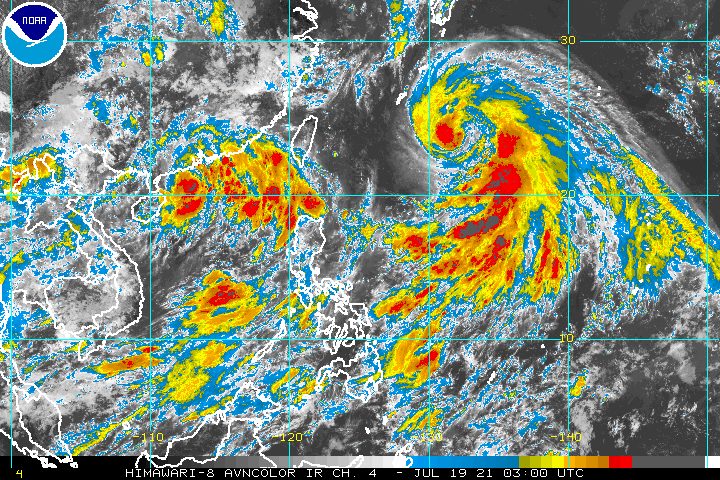
Fabian (In-fa) strengthened from a tropical storm into a severe tropical storm on Monday morning, July 19.
The Philippine Atmospheric, Geophysical, and Astronomical Services Administration (PAGASA) said in a bulletin released past 11 am on Monday that Fabian now has maximum sustained winds of 95 kilometers per hour and gustiness of up to 115 km/h.
Fabian could keep intensifying and become a typhoon by Tuesday evening, July 20. PAGASA sees Fabian possibly reaching its peak intensity on Thursday, July 22.
The severe tropical storm was located 1,055 kilometers east northeast of extreme Northern Luzon on Monday morning, moving northwest at 15 km/h.
Meanwhile, the tropical depression outside the Philippine Area of Responsibility (PAR) also intensified, becoming a tropical storm.
The tropical storm was last spotted 840 kilometers west northwest of extreme Northern Luzon, moving away from the Philippines. (READ: FAST FACTS: Tropical cyclones, rainfall advisories)
Both Fabian and the tropical storm outside PAR are not bringing rain to the Philippines, but they continue to enhance the southwest monsoon or hanging habagat, which is the source of the rain hitting parts of the country.
PAGASA said moderate to heavy monsoon rain will persist in the following areas in the next 24 hours, raising the possibility of flash floods and landslides:
- Ilocos Region
- Zambales
- Bataan
- Occidental Mindoro
- Palawan
Earlier on Monday, the state weather bureau also said scattered rain and thunderstorms due to the southwest monsoon are expected in these regions:
- Metro Manila
- Calabarzon
- Western Visayas
The enhanced southwest monsoon is causing moderate to rough seas in the western seaboard of Palawan on Monday as well, with waves 1.5 to 2.8 meters high.
Meanwhile, PAGASA remains “less likely” to raise tropical cyclone wind signals due to Fabian. But if the severe tropical storm shifts further to the south, Signal No. 1 could be declared for Batanes and the Babuyan Islands.
For now, Fabian is projected to move west northwest for the rest of Monday until Tuesday evening. It could exit PAR on Tuesday evening or early Wednesday morning, July 21.
Then Fabian may head west and pass close to Japan’s Miyako and Senkaku Islands on Wednesday evening until Thursday morning. After that, it could turn west northwest by Friday, July 23, as it passes over the sea north of Taiwan.
If Fabian continues shifting southward, however, it could either reenter PAR or leave PAR “much later than the current forecast suggests,” said PAGASA.
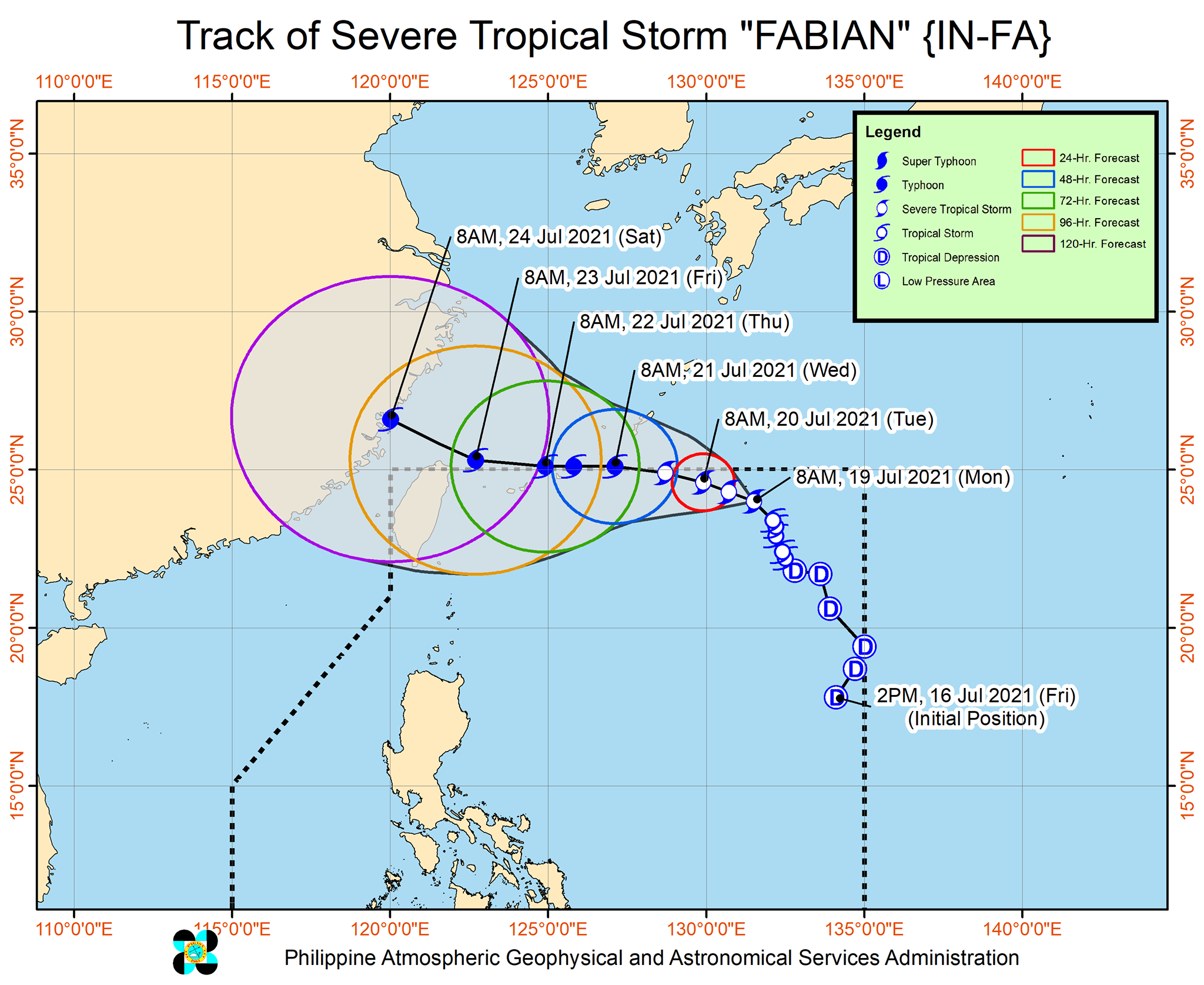
Fabian is the Philippines’ sixth tropical cyclone for 2021 and the second for July.
An average of 20 tropical cyclones form within or enter PAR each year. (READ: LIST: PAGASA’s names for tropical cyclones in 2021)
For the rest of 2021, these are PAGASA’s estimates per month:
- July – 1 to 3
- August – 2 or 3
- September – 2 or 3
- October – 2 or 3
- November – 2 or 3
- December – 1 or 2
The rainy season has been underway since early June. – Rappler.com
Add a comment
How does this make you feel?





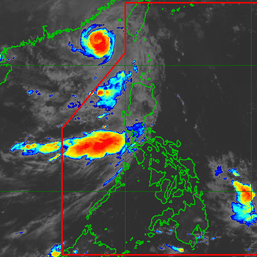
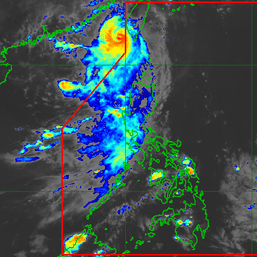
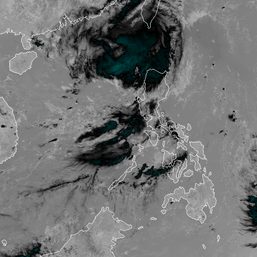
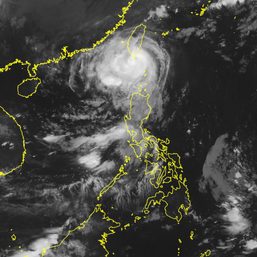
There are no comments yet. Add your comment to start the conversation.